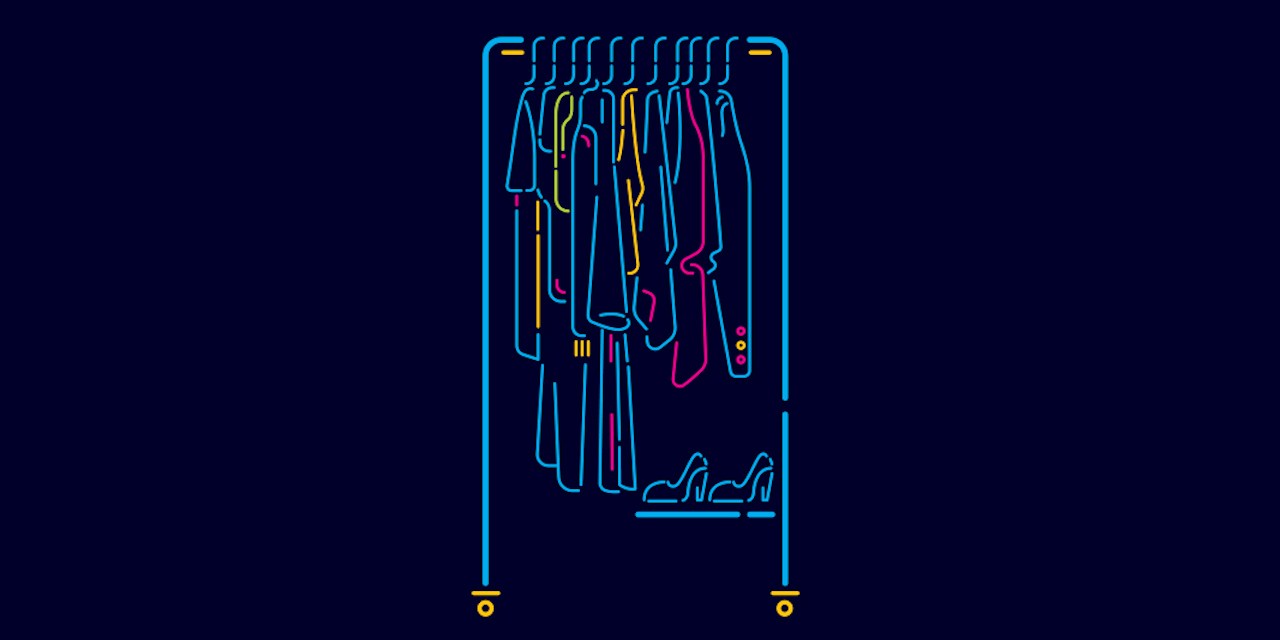Rent the Runway acquires 94% of its customers through organic marketing

As Rent the Runway has established itself in the rental apparel market, the business is growing on the back of word-of-mouth, user-generated content and other organic marketing means.
According to Anushka Salinas, Rent the Runway’s chief revenue officer, 94% of the company’s customers are acquired organically, while the rest come through paid marketing initiatives. Speaking at The Lead Innovation Summit on Tuesday, Salinas said that those user-driven mechanisms — social content, events and customer reviews — has helped validate Rent the Runway’s business model more than an Instagram ad could, and while the company has spent a small amount on Instagram advertising, reposting user content on the brand’s feed drives more engagement and sales for the company overall.
“When we added customer photo reviews to the site, it drove major organic growth. Our most effective marketing is sharing the experiences women have in Rent the Runway.” said Salinas, who didn’t share how much the brand spends on Instagram or marketing overall. The brand has also built referrals into its Unlimited membership program in order to incentivize existing customers to invite friends to try the service, something that has contributed to new customer acquisitions but only costs Rent the Runway the discount amount ($20) for new users’ first months.
It wasn’t until Rent the Runway changed the format of its Unlimited service in 2017, adding a cheaper tier for $89 a month (the regular membership is $159), that the brand launched its first paid campaign.
“We’re launching a brand campaign because more people have to know that we exist,” said CEO and founder Jennifer Hyman in an interview at the time. “The way we’ve gone about customer acquisition to date, though, through user content, word of mouth and referrals mostly, has resulted in very little churn. People who do churn say they plan to reinstate.”
Rent the Runway’s organic marketing strategy boils down to a combination of content, events and existing customer validation. In addition to using user-generated content and referrals, Rent the Runway has set up a local ambassador program in its major cities. Ambassadors receive a unique referral code for 50% off a new user’s first month, toolkits that include tips and tricks for offering referrals, and rewards for bringing in new customers. Those rewards include free extra Unlimited rentals, event invites, personalized products and an invitation to a Rent the Runway retreat with Hyman.
But there are limits to organic growth, and competition is increasing. This summer, Nuuly will launch under Urban Outfitters Inc., letting customers rent clothing from Urban Outfitters, Anthropologie and Free People, as well as other partner brands, for a cheaper monthly cost than Rent the Runway’s full Unlimited subscription. Other brands like Ann Taylor, American Eagle and Vince have partnered with a company called Caastle to easily set up a rental program on their sites.
Rent the Runway will soon have less category ownership, meaning it will likely benefit less from organic marketing over time. According to Marco Marandiz, the founder of DTC marketing firm Petri Growth, it’s much easier for companies who are the only or one of a few competing in their space to drive sales through word-of-mouth. Once a category becomes saturated, customer sentiment is split among competitors.
Rent the Runway is also at a turning point as it eventually plans to go public, and is pushing for profitability before it does so. That puts pressure on the company, which is valued at over $1 billion and is squeezed to scale expensive logistics like inventory tracking and dry cleaning alongside acquiring customers. So far, avoiding big marketing pushes has helped Rent the Runway to grow at a pace it could handle; as it matures, it will have to spend more on marketing to tap into new demographics.
Salinas, who didn’t comment on whether or not increased players in the category would lead Rent the Runway to increase its marketing spend, she said the company welcomes the competition.
“More companies doing what we do normalizes this way of shopping,” Salinas said.
